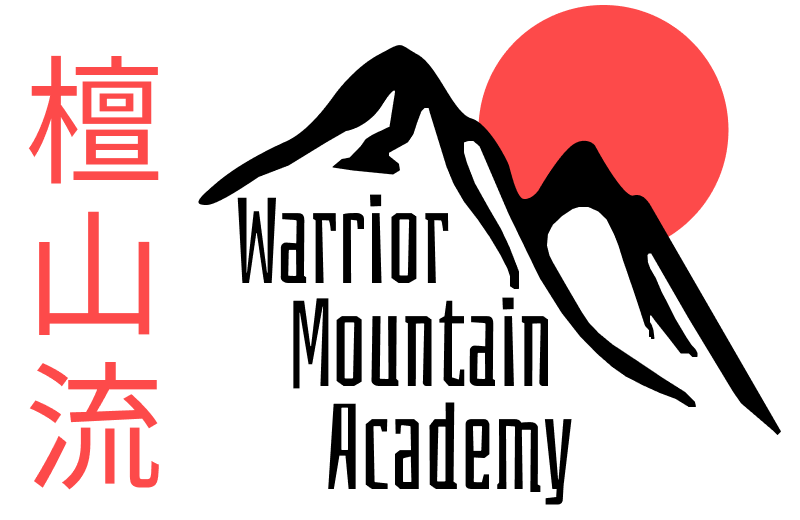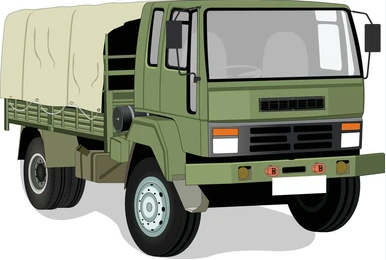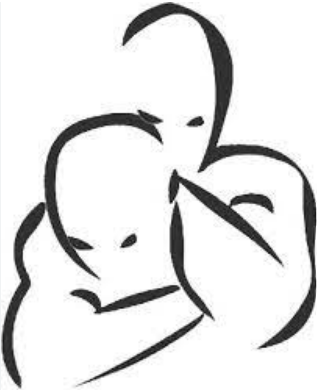I’m frequently asked what’s different about the martial art I teach and other martial arts. My reply is simple and to the point: “I don’t teach people how to fight, I teach people how to not fight. “Their initial reaction is generally one of confusion. “If I join your Martial Arts school, you’re going to teach me how to not fight? Then what am I paying you for?”
Master Okazaki, founder of Danzan Ryu Jujitsu, answers this question in the first paragraph of the Esoteric Principles when he states, “The primary purpose for the practice of our martial art is for the perfection of character.” Perfection of character requires the development of mind, body and spirit. It requires a balance or harmony between all three.
You’re not being honest with yourself if you’re not studying and practicing the philosophical as well as the physical teachings of the art. It takes both to be a complete martial artist. Without the philosophical teachings, we’d be nothing more than what Professor Dennis Estes calls a “martial athlete.”
“Fighting” or “competing” (such as in a Mixed Martial Arts competition) doesn’t allow us to truly measure our self-defense skills. Professor Estes has said, “The energies replicated in a real struggle for your life cannot be duplicated in a contest or competition.”
True Martial Arts isn’t about winning; it’s about losing—losing your ego. It’s not until you learn to abandon your ego that you’ll find the secrets of Danzan Ryu Jujitsu.
Most Martial Arts students will likely never need their training in a real self-defense situation. Could it be that their martial training allowed them to avoid situations in which their training would potentially be needed?
Fighting doesn’t allow us to truly measure our self-defense skills. Fighting requires two egos out of control. Anger is usually an integral part of a fight. When we’re angry or afraid, or when we’re filled with hate, we’re usually not in control.
However, if the time ever comes when you are required to use your training to defend yourself or someone else, remember that the way you train in class is the way you’ll respond on the street. If you’re not pushed beyond your comfort zone in class, you won’t respond appropriately on the street. The Army refers to this as “Train as you fight.”








